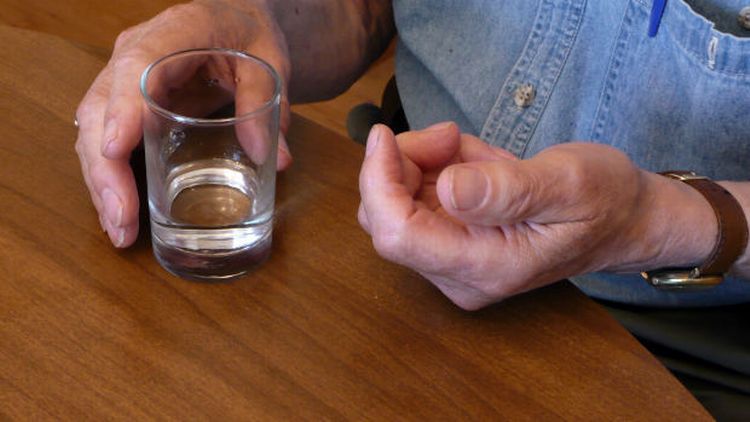Aging gracefully can be difficult on many fronts. It begins with unidentifiable aches and pains that literally appear overnight and progress to difficulty in accomplishing tasks that were previously performed without a second thought. Chronic illnesses pop up, such as elevated blood pressure, arthritis, and even Type II Diabetes or mental issues like bipolar disorder. Frequently overlooked are alcohol and drug misuse and abuse in our aging population. This problem is frequently overlooked by family practitioners because they are unaware of the symptoms of the problem.
Substance abuse among the elderly is one of the fastest-growing health problems in the United States. People are living longer and are abusing drugs and alcohol in their later years. Thirty-five million people in this country are 65 years or older. Substance abuse affects 17% of this number.
One reason there is an increase in alcohol and drug abuse in the elderly is that they are the baby boomers, those born from 1946 to 1964. These individuals have been more liberal in using alcohol and even illegal drugs during their lifetime than previous generations. For this reason, they are more inclined to accept the use of prescription drugs to cure things, which has resulted in more problems with abuse. While being more accepting of over-the-counter and prescription drugs, they have continued their intake of alcohol and, in some cases, illegal drugs.
Symptoms of Abuse
Studies show that as people age, they become more sensitive to alcohol, and their tolerance to it decreases. In other words, the number of drinks that hardly affected someone at a younger age will now make the person drunk. Alcohol is also metabolized more slowly in the aging body, so blood alcohol levels remain high for a longer period of time. This may result in an increased incidence of falls.
Older adults have more chronic illnesses, which predisposes them to bad reactions to alcohol. They also take more prescriptions and over-the-counter medications, which, when mixed with each other or alcohol, resulting in a negative reaction. Because this population frequently suffers from pain, they have usually been prescribed pain medications.
Over time, they develop what is termed dependence. This means if the drug is withdrawn abruptly, they experience uncomfortable symptoms. This is to be distinguished from addiction, in which the individual craves increasing doses of the medication and leads to illegal activity in order to obtain the medication. What family members may believe is the normal aging process or dementia may actually be the result of bad drug combinations or drug and alcohol combinations. Some of these effects include:
- Disorientation
- Memory loss
- Delirium
- Confusion
- Bad balance or poor coordination
- Tremors
- Sleepiness
- Depression
- Falls
- Mood swings
- Difficulty making decisions
Women are more likely to start drinking heavily later in life than men. This may be due to the loss of a loved one, retirement, isolation, or illness. Yet, there is a larger number of men than women who have a drinking problem.
Inpatient treatment is highly successful in combating substance abuse issues of all kinds. Group sessions with those undergoing a similar experience are a great motivator when it comes to conquering addiction. Inpatient centers also offer individual sessions to address the particular needs of a specific patient. The structured environment and living assistance (i.e., meals and medical care) help one to focus on getting better. Overall, the continuity of treatment offered in the inpatient setting truly helps patients to remain on the path to recovery.
Also Visit: Loreal Smith Sarkisian girlfriend, Wife Wiki, Bio, Age, Height, Nationality

